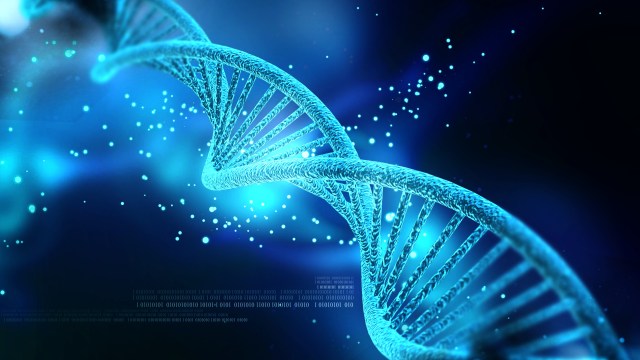How metacognition, thinking about thinking, can help improve your life

Metacognition, thinking about how you think, has been shown to help students improve their grades. Stanford University researchers published a new study that outlines a 15-minute thinking hack that led to an average improvement of one third of a letter grade for the participants.
The research stems from the insight that while many resources are provided by educational institutions, students don’t always know how to use them effectively. Patricia Chen, a postdoctoral research fellow who led the study, hypothesized that if students were made more self-reflective about how they approach their studies and the available resources, they could do better.
“Blind effort alone, without directing that effort in an effective manner, doesn’t always get you to where you want to go,” said Chen.
The team conducted two experiments using a “Strategic Resource Use” intervention they designed, which combines educational and social psychological theories.
For the experiments, the control group, which consisted of half the class, received just a regular reminder of a statistics exam coming up in a week. The intervention group also got a 15-minute online survey that made students think about what they expected will be on the exam, what grade they might get, what resources would be best used for preparation and how they would use them. In particular, they were asked to choose from 15 available class resources like practice questions, readings from the textbook, lecture notes or peer discussions.
Students in the first study got an average of 3.45% higher in points than their classmates in the control group. For the second study, that average difference was 4.65 percentage points.
The researchers found that strategic thinking had additional psychological benefits, helping students feel more empowered about their education. Students in the intervention group were also less stressed out about the upcoming exams.
Chen sees the strategy of metacognition to be useful in other parts of life, not just in education. You can use it to achieve goals like losing weight, learning any new skill or in parenting.
“Actively self-reflecting on the approaches that you are taking fosters a strategic stance that is really important in life,” she said. “Strategic thinking distinguishes between people of comparable ability and effort. This can make the difference between people who achieve and people who have the potential to achieve, but don’t.”
You can read her study in the journal “Psychological Science”.
Other studies have also highlighted the positive effects of utilizing metacognition. A study from the University of Newcastle in Australia looked at over 2,000 PhD students and found a relationship between how they thought about the learning process to their successes and failures in achieving their degrees. The British Educational Endowment Foundation discovered that students who received interventions that made them think about their writing skills showed 9 to 18 months worth of academic improvement.





